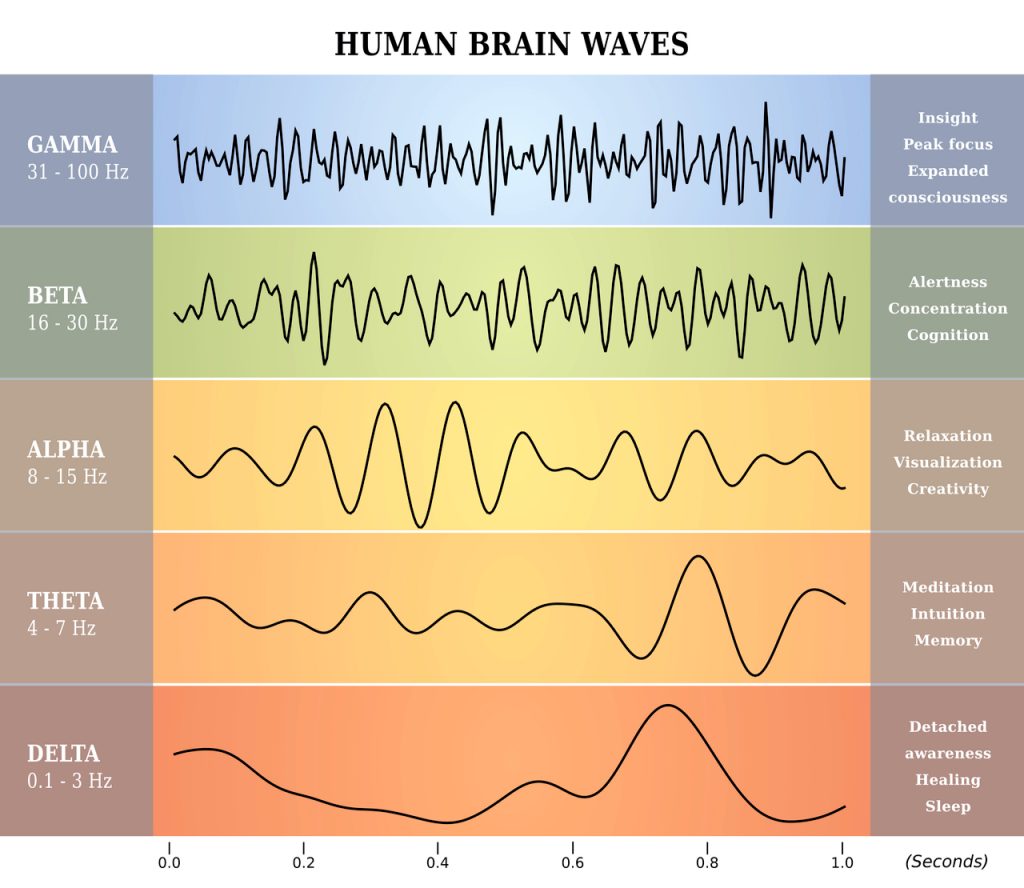

Heart rate, blood pressure, and breathing rate drop to their lowest, muscles are completely relaxed, and delta brain wave activity occurs.Īlso known as paradoxical sleep or desynchronized sleep, REM sleep is the last sleep stage, marking the end of a typical sleep cycle.ĭreaming happens predominantly in this sleep stage. It is the deepest sleep stage and the most important for recovery and restorative sleep.ĭuring this sleep stage, the body experiences no eye movements. Stage NREM-3 sleep is also known as deep sleep or slow-wave sleep. It accounts for 50 percent of total sleep. The muscles also go into a relaxed state, and there’s no eye movement. Heart rate, body temperature, and breathing rate drop even further. Here, the body prepares itself to enter deep sleep. During this stage, eye movements, heart rate, and breathing rate slowly fall, and muscles start to relax and may also twitch.Īlthough stage NREM-2 sleep is also a light sleep stage.

It’s easy to wake a person up during this phase, and they might wake up not knowing that they were even asleep. This stage is the lightest sleep stage is the stage of sleep we spend the least amount of during the night. Stage NREM-1 sleep is the first sleep stage in NREM sleep, and it’s described as the transitional light sleep stage.Ī person falls into this sleep stage when moving from wakefulness to sleep. Alpha waves become dominant as the person dozes off and the eyes close. When it’s open, the brain starts experiencing alpha and beta waves activity. A person’s eye may either be open or closed at this stage. This phase precedes the first sleep stage in NREM. It occurs in four stages : NREM-1, NREM-2, NREM-3, and REM sleep. Sleep is an indispensable part of living that helps our body and mind function round the clock. However, as people age, their bodies experience more stage 2 sleep and less deep sleep. The body heals and repairs itself as this sleep phase allows your body to replenish the cells and rejuvenate the immune system. This process happens because this is the period the body and mind are the most tired and need the restorative process.ĭuring this stage, a person’s heart rate and breathing rate drop to their lowest, and muscles relax.ĭeep sleep stage is also associated with no or slow eye movement, memory consolidation, and the release of growth hormones. The body experiences slow-wave activity about an hour into sleep. And the person may feel it for about 30 minutes to an hour.ĭeep sleep is a highly restorative phase. This experience is known as sleep inertia. And if something or someone wakes them up, they’ll feel groggy and sluggish as they try to get out of bed. Interestingly, experts state that even loud noises, over 100 decibels, may not wake up a person in this sleep stage. It’s the most difficult stage to wake from because a person is the most disconnected from their environment. What Happens During Deep Sleep?Ī person falls into heavy sleep during deep sleep, and they’re usually the hardest to wake up when they’re in this sleep stage. But as the night goes by, a person starts to experience less deep sleep as REM sleep takes over. This sleep stage helps the body and mind refresh, restore, and revitalize itself.Īdditionally, deep sleep tends to take place during the first half of the night and takes up to one-third of a person’s sleep duration. During this stage, the brain’s neurons fire in unison, and as a result your brain activity shows as high amplitude, low-frequency waves (AKA., slow waves). What Does Deep Sleep Mean?ĭeep sleep is also known as NREM-3or slow-wave sleep. This article will focus on deep sleep, what happens during this phase, how it’s connected with the other sleep stages, the benefits of deep sleep, and tips for getting more deep sleep. This sleep stage’s primary role is to help you get refreshing and restorative sleep. Deep sleep is happens during the third stage of NREM sleep. You’ve probably heard of non-rapid eye movement (NREM) sleep and rapid eye movement (REM) sleep, but what makes one different from the other? Each has a vital role in helping you get optimal sleep and supporting daytime functioning, and they happen at various times in the night in specific succession.ĭuring sleep, the NREM and REM sleep stages take turns as they move in cycles. Share on Twitter Share on Facebook Share on Linkedin Share via Email What is Deep Sleep?


 0 kommentar(er)
0 kommentar(er)
